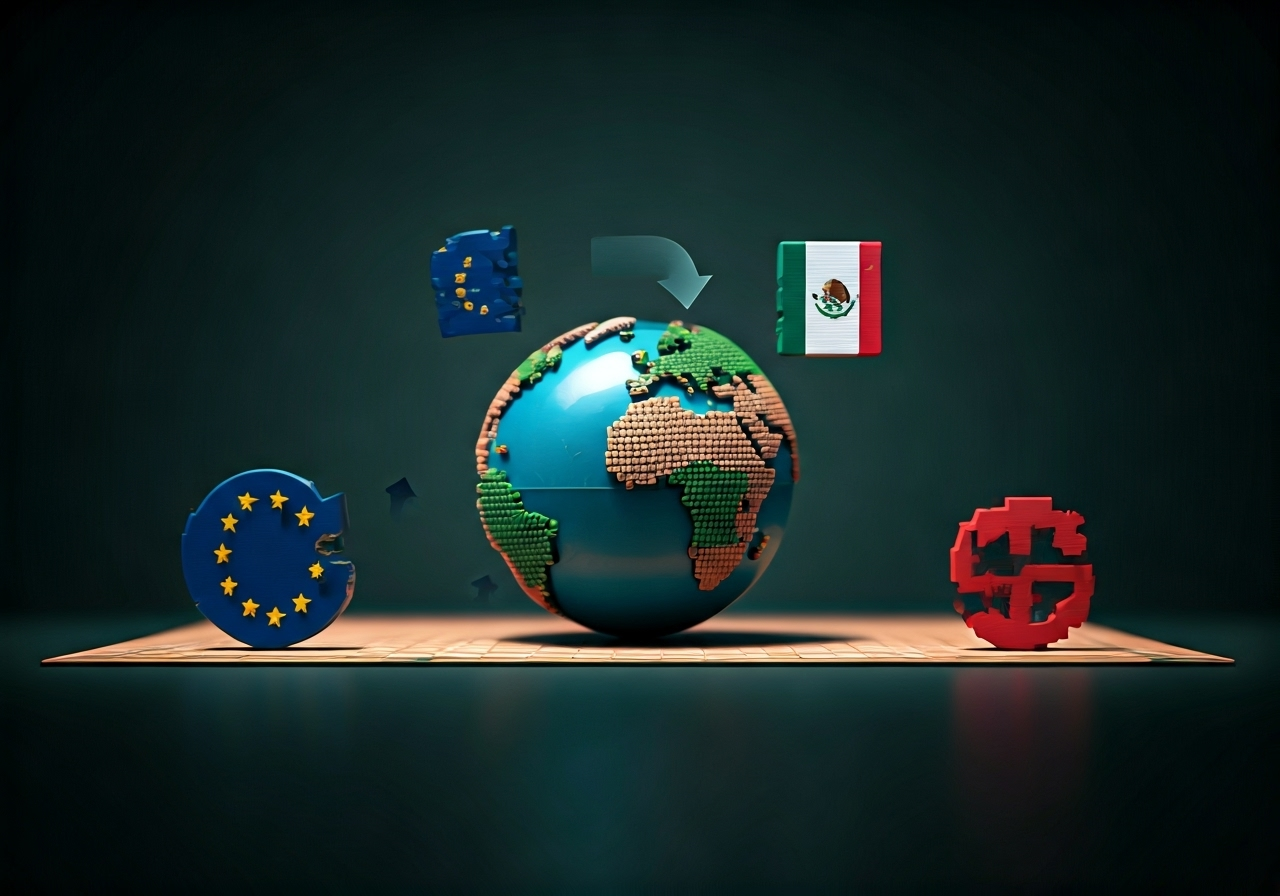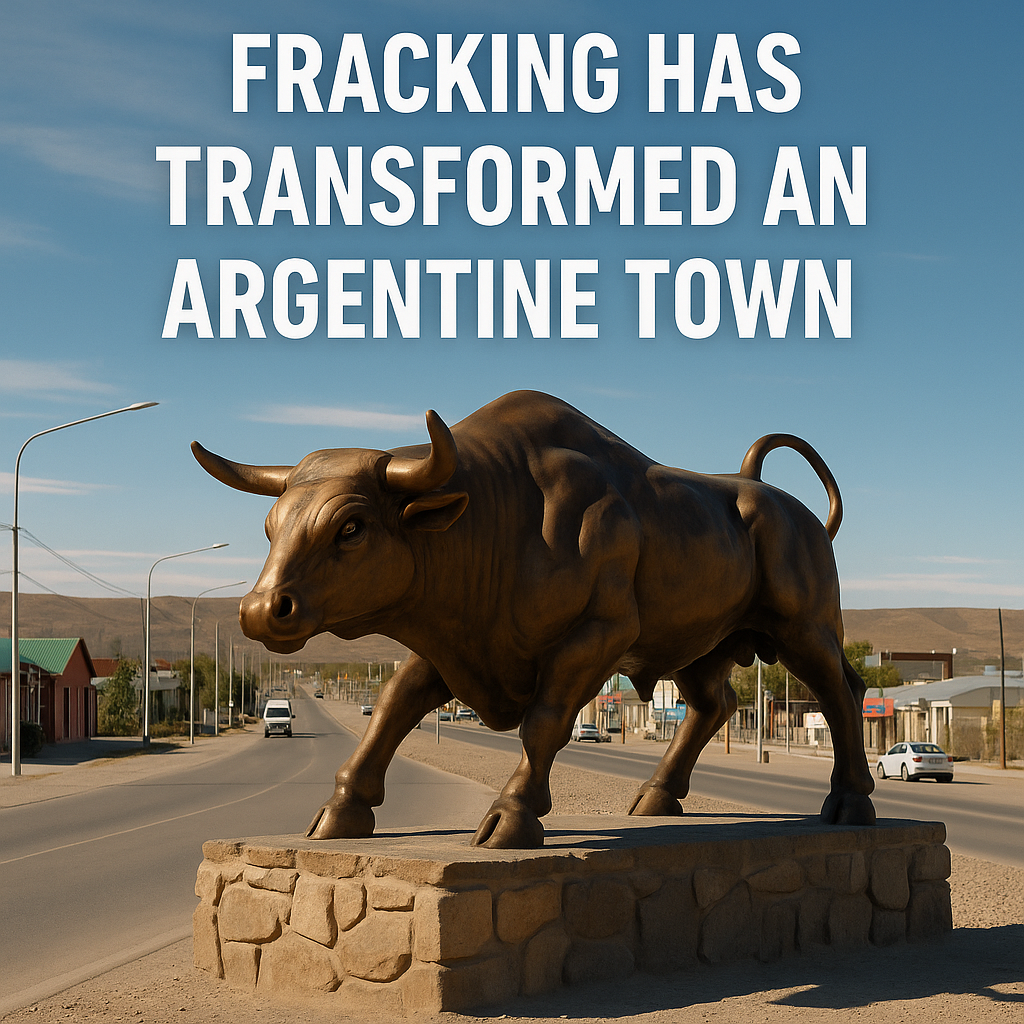Key Highlights
- President Donald Trump has announced a blanket 30% tariff rate on all goods imported from the European Union and Mexico, starting August 1, 2025.
- Trump warned that retaliation from either trading partner would result in even higher tariffs imposed on their exports.
- The European Union and Mexico expressed strong opposition, citing risks to supply chains and consumer costs.
- President Trump justified the tariff hike as necessary to address trade deficits and bolster national security.
Introduction
President Donald Trump has made a big change in trade policy. He has announced that the United States will impose 30% tariffs on many goods that come from the European Union and Mexico. This new rule will make trade harder and could start problems between these countries and the US. Trump is using this move as a negotiating tactic with trading partners. As this trade policy starts, it may have effects on the United States, the European Union, other trading partners, and supply chains around the world. People are waiting to see how things will go in the coming months.
Trump’s Announcement of New Tariffs
President Donald Trump, in a bold step, went on social media to say there will be a big increase in tariffs. These new tariffs will mostly hit the European Union and Mexico. This move shows how strong the trade policy is under his administration. The idea is to fight trade deficits and help grow American manufacturing. The 30% tariff will not just bring in more tariff revenue for the country. As these new tariffs come into play, there are important effects for the economy here in the US and for others around the world.
Reasons Behind the Tariff Hike

There are many things that have led to the recent rise in tariffs. One big reason is worry about the trade gap. The trump administration says it wants to fix what it sees as trade problems the U.S. has with the european union and mexico. resident donald trump is using the new tariffs as a way to build support for his campaign. He talks about them as important for the nation’s safety and for america to be in control of its own economy. The way trade policy and election talks are mixed together now makes these new tariffs feel even more important.
Concerns Over Trade Imbalances
There are big worries now because a 30% tariff on all goods might make the trade deficit worse. People are scared that these new tariffs will cause the trade deficit to grow. This could put new pressure on U.S. supply chains and also cause consumer prices to go up for everyone. Some critics say these new rules only target certain imports. They don’t fix the real issues, like currency tricks used by foreign governments. There is also talk that less foreign investment may come because of this. This mix can make the economy shaky and hard to guess what will happen next.
Political Motivations and Election Rhetoric
President Donald Trump uses this to reach out to voters who feel left out. He says trade imbalances are a risk to the country’s safety. By talking like this, he wants to get more support from the people who work in factories and manufacturing. These groups sometimes think they do not get a fair deal. In this regard, the Trump’s movement mirrors similar trade policies imposed to other countries.
How the Tariffs Will Be Applied

There are big changes coming for trade and how it works. The new 30% tariff is now in place. Many types of goods will be part of this change. Copper imports from Mexico and the European Union will get hit the most. But there could be some exemptions. Certain digital services might not get taxed to keep things fair for people and protect supply chains. The Trump administration brought in these new tariff rates to help with trade negotiations and keep national security strong.
Types of Goods Affected by the 30% Rate
A new 30% tariff rate will make it more expensive to bring in many types of goods. This will affect cars, machines, and different products that people use every day. The price of electronics, clothes, and farm items may also go up. This could impact both people who buy these goods and the companies that make them. Other fields, like digital services and medicines, may be hit by these new trade barriers as well. It could change supply chains and the way people buy things. These tariffs do not just raise prices now. They could also cause problems with trade deals and talks in the future.
Exemptions and Special Cases
Some exemptions and special cases may come up with the new tariffs. For example, some goods needed for national security, like a few high-tech parts, may not have the 30% rate. There could be talks that bring short-term waivers for certain industries if they are having big money problems. The White House may listen to U.S. manufacturers and other interested people. This might lead to a more careful way to use tariffs. As the talks go on, what happens to trade deals and talks with foreign governments will stay important.
Potential Economic Impact on the United States

The new tariffs will affect many parts of the U.S. economy. People in America could see higher prices on things the country brings in. This can change the way people spend and also what happens in the economy. At the same time, makers in the U.S. might have to pay more to make their goods. This is because the new tariffs may disrupt supply chains and drive up the price of raw materials.
Trading partners may also take retaliatory measures, and this could make it harder for U.S. companies to sell things outside the country. All these changes mean the economy will have to shift in some way. The U.S. will need to find a balance between keeping its own markets strong and working with other countries in trade.
Effects on American Consumers
Higher tariff rates can make the prices of daily items go up, and this can affect people in America in a big way. When there is a 30% blanket tariff on many kinds of imports, you can see higher prices for things like electronics, clothes, and items for the home. This makes it hard for households to keep up with costs, and it can eat into the money they have left to spend.
Because companies will have to deal with the new tariffs and higher prices, some might let workers go or cut their hours. This is not good for job security. And when supply chains change or slow down, you will see product shortages for some goods. This makes getting what you need even harder for people.
Consequences for U.S. Manufacturers and Exporters
New tariffs may put more pressure on U.S. manufacturers and exporters. They already face higher production costs because prices on imported materials have gone up. This can make it hard for many businesses to keep their costs down.
The trade policy changes made by President Trump and his team would lead some American companies to think more about how much they depend on suppliers from other countries. In the end, this shift can break long-standing trade partnerships. It may also make it harder to work with Mexico and countries in the European Union.
Conclusion
The world of international trade is changing fast. The effects of the new tariffs are big. President Donald Trump has started a push for the US to change how it deals with trade. His plan focuses on making changes with the EU and Mexico. The administration wants to fix trade deficits and deal with national security concerns.
Talks are ongoing, and other countries may answer back with their own tariffs. These possible retaliatory measures can change the way trade policy develops. Businesses and those who make rules must keep a close eye on what comes next. What happens now could shape the future of trade.




